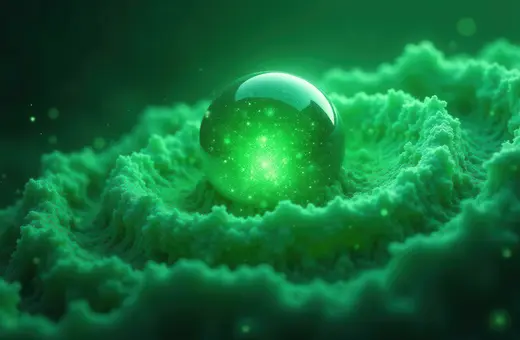If there are two concepts that ought to be antithetical those are science and myths. Science, after all, began with the Pre-Socratic philosophers, who made the very conscious move of rejecting the worldview of “the poets,” that is, people like Homer and Hesiod, in favour of looking at the cosmos as the result of natural phenomena that could, at least potentially, be understood by the human mind.
Xenophanes (c. 570 – c. 475 BCE), for instance, was the first philosopher to explicitly attack the authority of the poets, as nicely recounted in Peter Adamson’s Classical Philosophy, volume 1 of his History of Philosophy Without Any Gaps. Far from being the movers and shakers of the universe, Xenophanes recognised that the gods were made in human image. The Trojans did not lose their war against the Greeks because the gods were divided by Paris’ justified but incautious choice of Aphrodite as the most beautiful of the goddesses (thus ticking off the other two competitors, Hera and Athena). They lost because of economic and military reasons having to do with the strategic, and therefore highly enviable, geographical position of Troy in Anatolia.
Today, of course, we know that there wasn’t a single war waged on Troy, but several, as archeologists have unearthed the remains of nine different layers of the city, spanning from the third millennium BCE Troy-I to 85 BCE’s Troy-IX. The legendary events to which Homer refers supposedly took place at the time of Troy-VII, around 1,200 BCE.
If myths are about legendary events that never happened — at least, not as described — and the supernatural forces that made them happen, science is all about the actual facts of the world and the exceptionless natural laws that govern it. At least, that’s the story the most scientists will tell you.
___
"Science makes progress one funeral at a time."
___
But science is a human activity, and as such it needs heroes and villains just like the ancient Greeks did. In other words, science comes with an embedded mythology.
Take Isaac Newton, arguably one of the most celebrated scientists of all time, a bona fide scientific hero. Most people heard about how he had a fundamental insight into the nature of gravity when an apple falling from a tree hit him on the head. The thing is, that story is apocryphal, although it is true that Newton wrote to his friend William Stukeley that he was in a contemplative mood, after dinner, by the shade of an apple tree, and that he started thinking about gravity when he saw one of the apples fall to the ground. Allegedly.
More problematically, Newton was a fairly nasty person. He was embroiled in a long controversy with Gottfried Wilhelm Leibniz, concerning the discovery of infinitesimal calculus. In 1711, the Royal Society published a report accusing Leibniz of plagiarism. It turned out later that the report was authored by Newton himself, a rather unethical move. Modern historians agree that Leibniz and Newton arrived at the idea of infinitesimal calculus independently.
Oh, and you know his famous phrase, “If I have seen further it is by standing on the shoulders of giants”? It appears to be a profession of modesty, but he wrote it in a letter to another of his rivals, Robert Hooke, who was short and hunchbacked, possibly to make fun of Hooke’s physical stature.
None of the above, of course, negates Newton’s spectacular achievements. It just puts the activity of science in a more human, less mythological, perspective. Neither heroes nor villains, but human beings.















Join the conversation